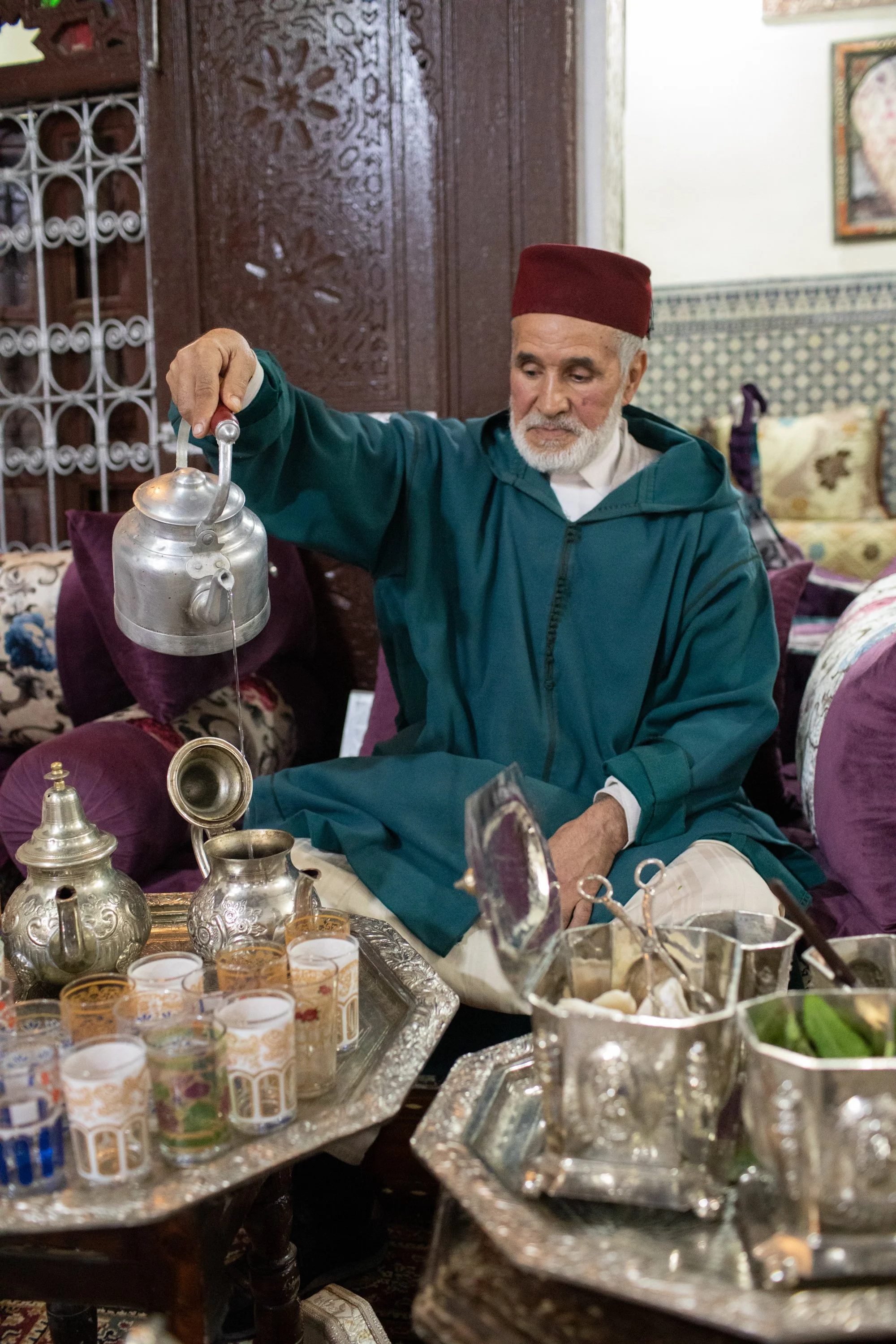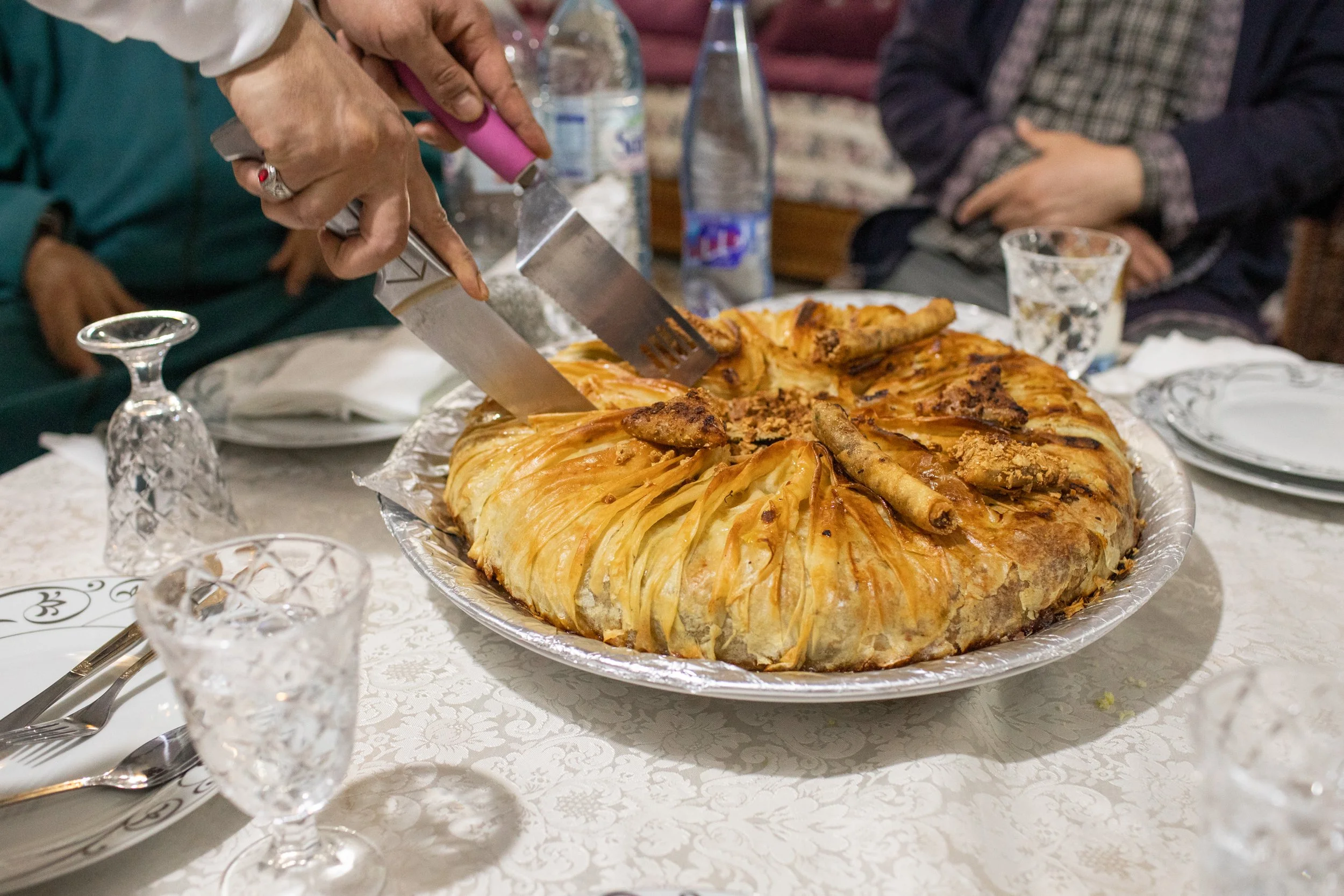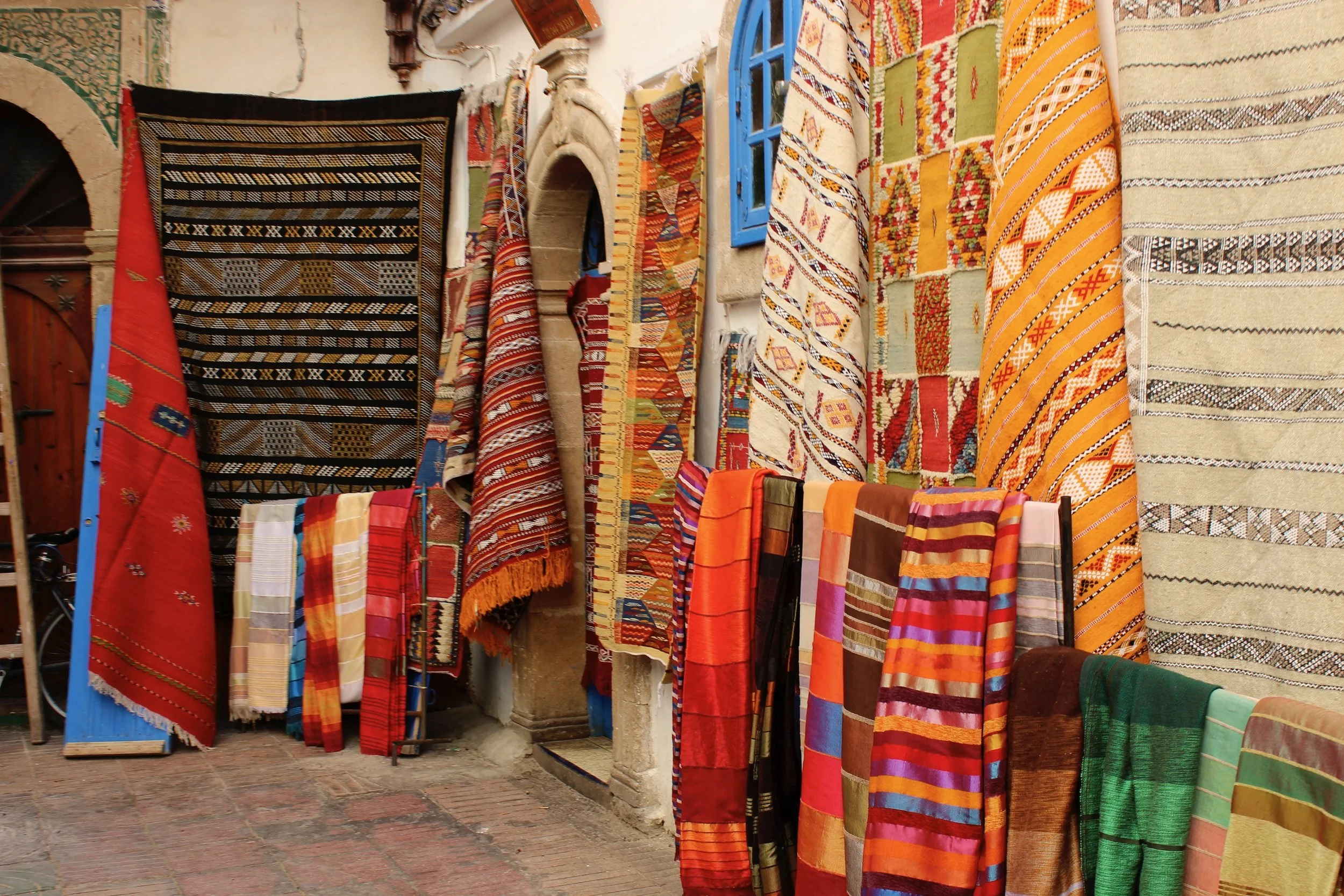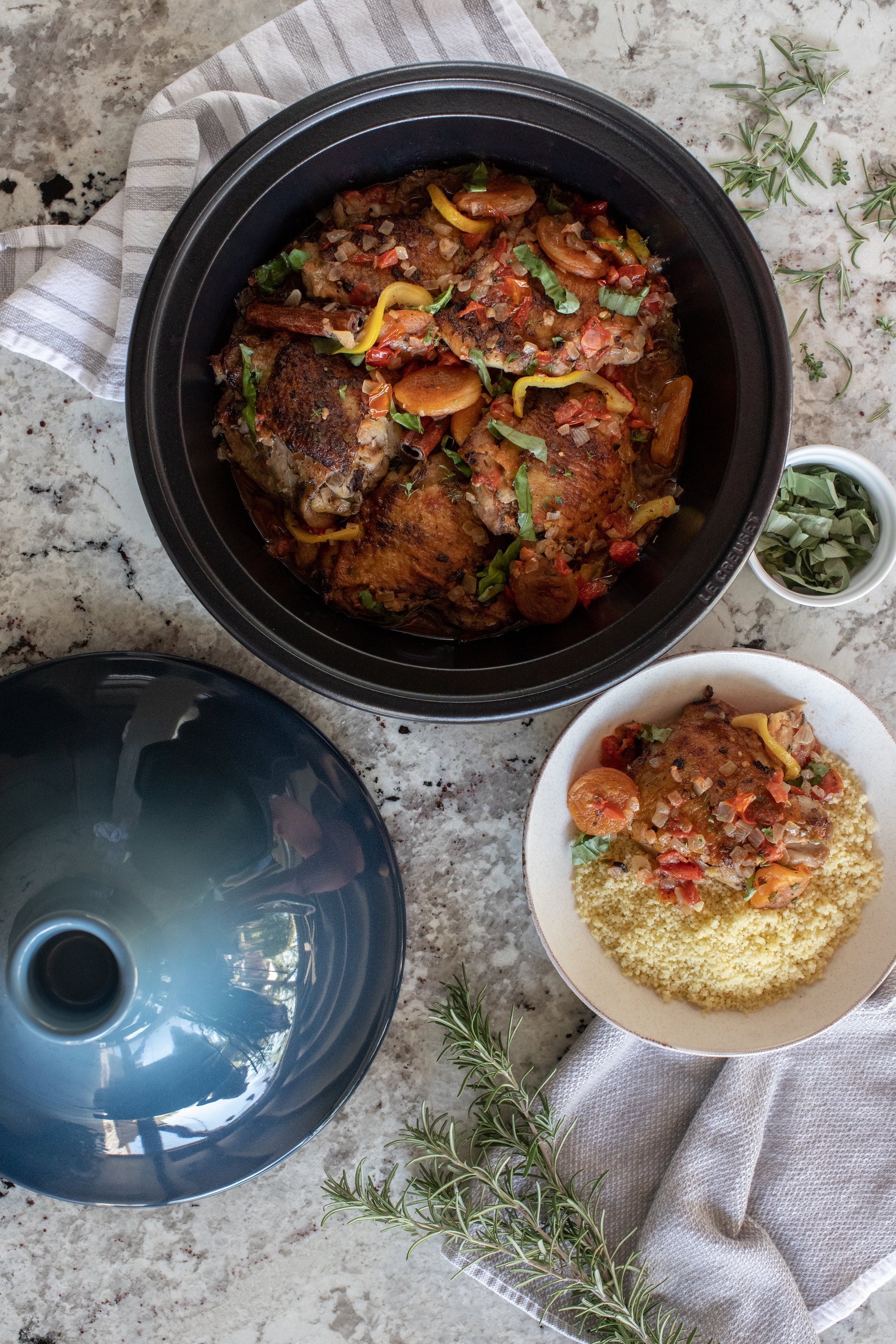Morocco: A Delight to the Senses
There are certain places I’ve visited where living in the moment comes most naturally to me. The country of Morocco, capping the west coastal edge of North Africa, is such a place, where even a breath of boredom seems unthinkable. The landscape morphs in minutes from mountains green with foliage, to rolling sand dunes the color of terracotta, to crystal beaches connecting the Mediterranean Sea with the Atlantic Ocean. The seductive cuisine with its unique spice combinations, olives, dried fruits, and tangy preserves are like a siren song for the appetite. And the culture itself vibrates with the stories and legends of ancient community like few other places I’ve known.
Twice I’ve traveled to this marvelous country, both times reveling in the vibrant scenery, bustling markets, and remarkable food influenced by an imperial past. And each night, instead of staying in a hotel, my friends and I stayed in a riad, an actual home or palace with an interior courtyard that has been converted to a small “bed and breakfast”. In both Fez and Marrakesh, our riads were located just minutes from the labyrinth of merchant and food stalls in the medina. The main square, Jemaa el-Fnaa is full of exciting stalls of fresh- squeezed orange juice, dried fruit, spices, plants, and of course, the snake charmers. At sunset, the entire square transforms to accommodate food vendors grilling fresh meats and traditional Moroccan tagine. Entertainers and dancers perform for tips, and women sell their beautiful candle lanterns and statues. All this activity goes on until well past midnight every night of the week!
My first meal in Morocco was in Marrakech on a rooftop where my friends and I had breakfast around a table covered with platters of fruit and pastries. The centerpiece was a turquoise and silver tagine full of eggs scrambled with tomatoes, chile, and olives. The name “tagine” is not only given to the clay vessel, but also to the food cooked inside, glorious stews bursting with aromatics cooked with tender meat or succulent vegetables or scrambled eggs. Until then, I’d only seen photos of tagines, but that breakfast launched my obsession with them. I began collecting ceramic tagines in every size, filling them with sauces and rich stews for Moroccan-themed dinner parties.
One of the most memorable meals I had in Morocco was in Fez, the oldest city in the country. It was in the home of Mohammad Jayi and his wife Zara—a two-story house in the medina accommodating the couple’s three sons, two daughters, and four grandchildren. The aromas of spices and fresh mint were nearly intoxicating. Zara had prepared a feast for my friends and me, but before we sat down for dinner we were treated to an elaborate tea ceremony performed by Jayi. A Moroccan tea ceremony, which can last as long as thirty minutes, is a time-honored tradition that is steeped in hospitality. Jayi, who spoke no English, quietly sat at table topped with an ornate silver tray, pouring hot tea, from teapot called a berrad held high in the air, into little glasses etched with gold. As we enjoyed our steaming glasses of tea, our host explained the importance of tea, served at every meal and social occasion, in the Moroccan culture. Bread dipped in tea is often the first thing a baby tastes after their mother’s milk.
The dinner Zara served was a spectacular display of Moroccan hospitality. She and her daughter passed bowls of cold salads like roasted red pepper and mango with almonds, and orange salad with shavings of fennel and walnuts. A tagine was place in the center of the table filled with fish stewed in chermoula, a spicy herb sauce. But the highlight of the meal was chicken pastilla, a flaky pastry enclosing chicken stew with layers of sugared almonds. Typically served at special occasions because of the laborious cooking process, chicken pastilla is the ultimate show of kindness.
One cannot leave the city of Fez without visiting the tanneries, where leather has been tanned since the 11th century. Viewed from a balcony above, dozens of stone vessels, built side by side and filled with a mixture of cow urine, quicklime, water, and salt. This breaks down the tough leather and loosens it up, removing the excess hair and fat. The hides are soaked for three days, being “massaged” by the tanner’s legs inside the vessels. After three days, they are dyed and the hung to dry before being made into beautiful bags, coats, and shoes. You can only imagine the odor wafting above, so visitors are given a branch of spearmint to hold under their noses. To this day I can’t help but be reminded of the tanneries when I pick fresh mint from my garden.
To best learn the cuisine of Morocco, I always recommend taking a cooking lesson and I’ve taken half a dozen during my two visits. One of my favorites was at La Maison Arabe, which is located in a lush and colorful garden, and the newly designed cooking school was one of the most beautiful and well- designed school I had ever seen. We made zaalouk, a cooked eggplant salad, meatball tagine, and fresh tomato and chile sauce for Moroccan bread. At the Riad Monceau I learned to make one of my favorite Moroccan dishes, orange and cardamom ice cream. In the seaside city of Esaouira, about 2 ½ hours from Marrakech, the cooking school, L’Atelier Madada was located near the main market square. Alison, our instructor taught us to make seafood pastilla and for dessert we made gazelle horns and ghriba, soft cookies made from ground almonds.
One of my fondest memories in Morocco was cooking with the lovely Fatima in the foothills of the Atlas Mountains. She lived in a Berber community with a shared outdoor kitchen. It was raining the day we met, but the woven grass roof kept us dry while we prepared a traditional Berber lunch. Over three different fires, we simmered meat and vegetable tagines flavored with spices from Fatima’s hand painted bowls on display. Chicken with preserved lemons was the perfect comfort food while we listened to the rain softly pass and watched the colorful family peacock pecking for any scraps we’d drop and share.
When I wasn’t cooking I spent most of my time shopping and exploring the souks (market), where I purchased loads of spices, argon oil, and leather goods. Like most tourists, I was lured into a rug shop, where I was convinced to purchase a Berber rug that still adorns my living room floor at home.
On both trips to Marrakech I visited Jardin Majorelle, the botanical garden designed in 1923 by French artist, Jacques Majorelle. It was later purchased by Yves Saint Laurent and Pierre Bergé in the 1980’s. It is one of most beautiful gardens I have ever seen, with sculptures and magnificent plants in every corner.
From that first meal on the rooftop in Marrakech to the ancient tanneries, to Fatima’s Berber lunch in the rain, it’s no secret that I love the artistry and flavors of Morocco. And I’m thankful to those who invited me to sit at their tables and taught me how to cook the foods of their culture. It is a country where beauty abounds, boredom is rare, and hospitality is plentiful.


































